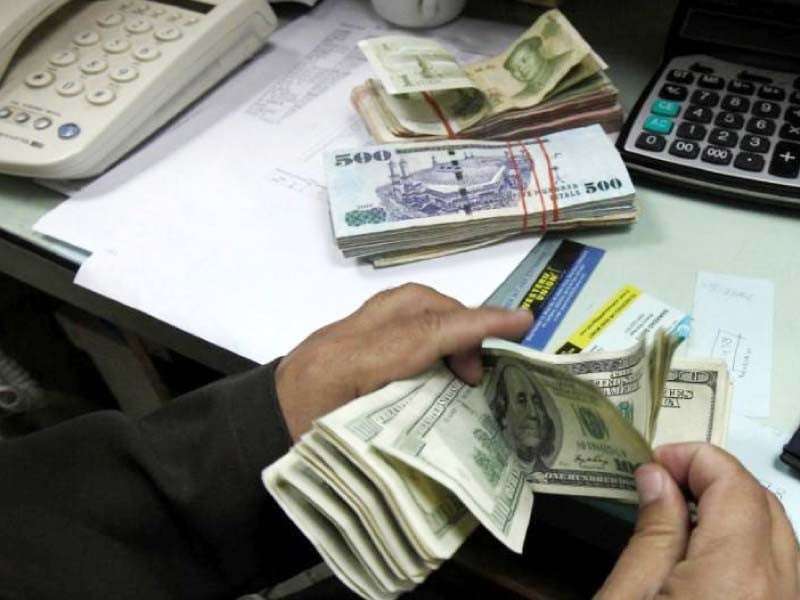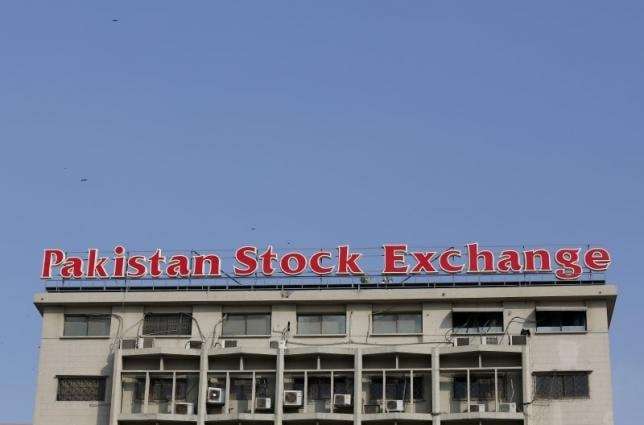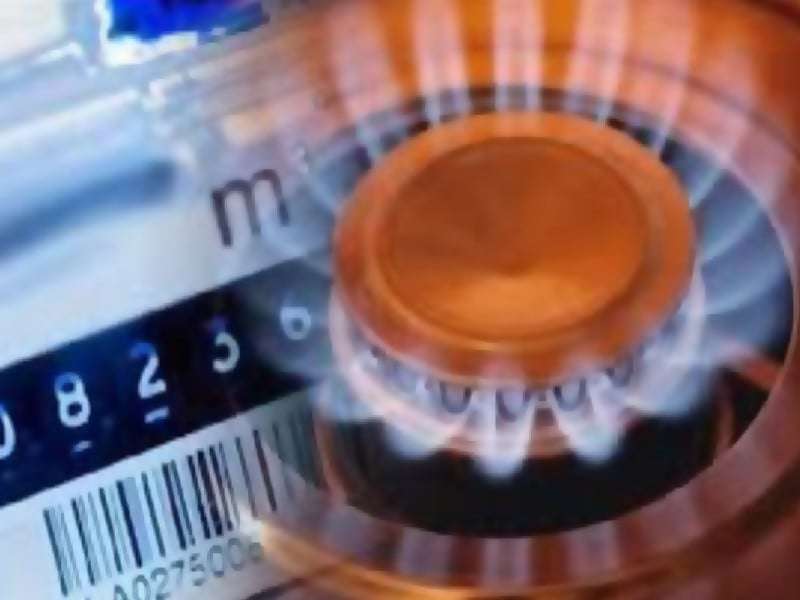The Pakistani rupee has shown a slight depreciation against the US dollar, settling at Rs 277.92/$ in the interbank market on Wednesday. This marks a minor decrease of 0.02%, or a drop of Rs 0.05 from the previous day’s closing value of Rs 277.87. This article delves into the reasons behind this movement, discusses the broader implications of the rupee’s performance, and answers some key questions regarding the currency’s fluctuations.
Understanding the Depreciation of the Pakistani Rupee
The Impact of Routine Market Dynamics
The recent drop in the value of the Pakistani rupee against the dollar can primarily be attributed to the regular supply-demand dynamics that shape currency markets. Zafar Paracha, a representative from the Exchange Companies Association of Pakistan (ECAP), stated that fluctuations like these are a routine aspect of the market. He believes that while such minor declines may seem concerning in the short term, they are often corrected through market forces in the long run.
The overall depreciation of the rupee by 0.02% reflects an ongoing adjustment, rather than a major shift in its trajectory. It is important to note that such movements are common, especially in volatile currency markets, and they often result in short-term impacts rather than long-term trends.
The Role of Global Factors: The US Dollar’s Rebound
On a global scale, the US dollar has also experienced some fluctuations. After reaching a three-week low against the Japanese yen, the dollar made a mild recovery, regaining strength in global markets. The greenback also held steady against other major currencies as investors and traders assessed the likelihood of an interest rate cut by the Federal Reserve this month.
This global movement of the US dollar has added a layer of complexity to the situation, as the dollar’s strength in international markets can have a ripple effect on the rupee’s value in Pakistan. Such global trends can impact the exchange rate, further complicating Pakistan’s efforts to stabilize its currency.
Domestic Factors Influencing the Rupee’s Performance
Supply-Demand Balance and Market Corrections
Zafar Paracha emphasized that fluctuations like these are primarily the result of supply and demand in the market. The market is constantly adjusting based on these factors, and such movements should not be viewed as signs of a fundamental weakening of the rupee. In fact, Paracha stated that the rupee would likely stabilize at a rate around Rs 250 per dollar, a projection that many currency experts agree with.
Interestingly, Paracha dismissed the claims from exporters who argue that a stronger rupee would negatively affect their business. He pointed out that despite a stable exchange rate, Pakistan’s exports had not shown significant growth. In contrast, remittances, which grew by 15-20% annually, were largely unaffected by exchange rate changes.
Open Market Trends: Changing Dynamics
Paracha also noted a significant shift in the open market. In recent years, the buying and selling behavior in the open market has changed drastically. “We no longer have sufficient buyers in the open market, so we sell 90-95% of our stock to the interbank market,” Paracha explained. This is a significant change from the previous situation, where only 10-15% of foreign currency was traded through the interbank market.
The shift in the distribution of currency between the open market and the interbank market has helped smoothen the fluctuations in exchange rates. While this shift is seen as a positive development in some quarters, it also highlights the challenges that the open market now faces.
The Long-Term Impact of Rupee Depreciation
The Case for an Exchange Rate Adjustment
In his analysis, Ashfaq Tola, the president of Tola Associates, pointed out that the overvaluation of the rupee could be having a negative effect on Pakistan’s economy. Tola suggested that aligning the rupee-dollar exchange rate with its estimated real value of Rs 211.5/$ could lead to significant benefits. These benefits could include reversing inflation trends and creating fiscal space for the government to manage debt more effectively.
Tola projected that an adjustment in the exchange rate could bring Pakistan’s inflation rate down from its current level of 8.68% to a deflationary rate of 4.67% by FY25. This, in turn, would allow the government to reduce its debt repayments significantly, saving Rs 6,346 billion in the process. A 1% reduction in interest rates alone would save Rs 475 billion for the government in FY25.
Implications for Inflation and Interest Rates
Tola’s suggestion that Pakistan’s exchange rate should be adjusted aligns with broader economic perspectives. An undervalued currency, while it may lead to a short-term increase in inflation, can help stimulate exports and improve trade balances in the long run. Furthermore, a more realistic exchange rate could bring down inflation rates, benefiting consumers and businesses alike.
As Tola pointed out, a decrease in inflation and a reduction in interest rates could have far-reaching benefits for Pakistan’s economy, creating space for investment and economic growth. However, any such changes would require careful management to avoid short-term disruptions.
Gold Prices and Market Stability
Local Gold Prices Hold Steady
Despite the fluctuations in the rupee, gold prices in Pakistan remained stable on Wednesday. According to the All-Pakistan Gems and Jewellers Sarafa Association (APGJSA), gold was priced at Rs 275,200 per tola and Rs 235,940 per 10 grams in the local market. This stability in the gold market mirrors the overall steadiness in global gold prices, which remained unchanged on Wednesday.
In the international market, gold was priced at $2,640 per ounce, which contributed to the stability seen in local markets. While gold prices are often affected by currency fluctuations, the global price trends played a major role in maintaining the status quo in Pakistan.
Future Outlook: Potential Impact of Global Events
Market activity in Pakistan’s gold sector is expected to pick up in the coming months. Abdullah Abdul Razzaq, a member of the APGJSA, suggested that January could see an increase in market activity, particularly after the swearing-in of newly elected US President, Donald Trump. Such global political events often have an impact on the gold market, and Pakistan is no exception.
FAQs
1. What caused the slight depreciation of the Pakistani rupee?
The minor depreciation of the Pakistani rupee is primarily due to routine supply-demand fluctuations in the market. The currency also reacted to global movements of the US dollar, which rebounded from a three-week low.
2. How does the US dollar’s performance affect the Pakistani rupee?
The US dollar’s performance has a global impact, and its fluctuations can affect the value of the Pakistani rupee. A stronger dollar internationally often leads to a depreciation of the rupee in local markets.
3. What is the current exchange rate for the Pakistani rupee?
As of Wednesday, the Pakistani rupee closed at Rs 277.92 against the US dollar, a slight depreciation from the previous day’s rate of Rs 277.87.
4. How can adjusting the exchange rate benefit Pakistan’s economy?
Adjusting the exchange rate to its real value could reduce inflation, lower interest rates, and save the government billions in debt repayments. This could lead to long-term economic stability and growth.
5. Will gold prices in Pakistan increase in the coming months?
Gold prices in Pakistan have remained stable, and while the market is expected to pick up in January, the exact trend will depend on both local and global factors, including political events and changes in currency values.
Conclusion
In conclusion, while the Pakistani rupee’s slight depreciation against the US dollar is indicative of the ongoing market adjustments, it is not a sign of significant economic distress. The currency’s performance is subject to a wide range of factors, from domestic supply-demand dynamics to global movements of the US dollar. Long-term projections suggest that aligning the rupee’s exchange rate with its real value could bring substantial economic benefits, including reduced inflation and lower government debt repayments. However, these adjustments must be managed carefully to avoid short-term disruptions and ensure sustainable growth for Pakistan’s economy.
ALSO READ:
https://flarenews.pk/2024/12/05/imran-khan-and-pti-leaders-indicted-in-ghq-attack-case/



